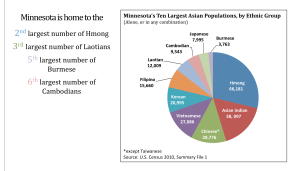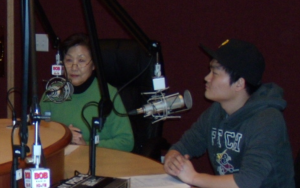Currently, childhood obesity has became a serious problem worldwide. Many children have difficulties in maintaining healthy weight. As we all know, obesity will affect our overall health; also, it has complications with heart disease, diabetes, and high blood pressure and other health issues. Therefore, healthy diet and proper nutrition are important to children’s growth. Additionally, regular exercise is necessary to lose weight.
Diet
A healthy diet plays an important role for children to keep in shape and lose weight. It is essential to help children understand the importance of proper amount of food intakes every day, and identify the difference between healthy food and unhealthy food. It becomes easier for children to adopt the healthy diet once they understand the different food options. Here are some resources for diet:
1) Snacks for Healthy Kids: This resource gives ideas on snacks that healthy kids would eat. It is good resource when you are trying to build a diet.
2) Choose My Plate: The basic dietary guidelines for a basic diet. This program replaced the food pyramid.
3) Growing Healthy Kids: This resource offers a variety of recipes and lesson plans to help kids eat a healthier diet.
4) Age Appropriate Diet for Kids: The National Institutes of Health outlines the basic dietary guidelines for children at the different ages of their lives.
5) Child Nutrition and Health: This resource by the USDA provides games and sites to help your teach nutrition to kids.
6) Fun ways to Teach Kids About Healthy Food Choices: Parenting Magazine offers an article about how you can make teaching about healthy food choices fun.
Proper Nutrition
Having healthy eating habits is one of the important parts of fighting against obesity. Additionally, making a good food choice is also necessary for children to keep fit everyday. Therefore, it is essential for them to understand the nutrition contents in different food groups. Parents could also lead the healthier food options because they make food purchase in the home. Below are some resources for proper nutrition:
1) Nutrition for School Aged Child: Learn about the different nutrients kids need to eat each day as the move from child to teenager to adult. As well as look at ideas for snacks.
2) Kids World Nutrition: This website provides trivia and games to teach children about getting proper nutrition.
3)Kids in the Kitchen: Review video recipes and ideas to help kids learn to make healthy food.
4) Easy Child Care Nutrition: Learn about the recommended steps for child care centers to take to provide proper nutrition while preventing childhood obesity.
Exercise
Becoming active plays an important role on fighting against obesity. Regular basis of exercise helps young people stay fit, however, the structured exercise program is needed for elderly people who want to lose weight. There are many resources to help people to work out and have fun:
1) Physical Activity Guideline for Children: Learn the basic recommendations of exercises for kids to complete.
2) Exercise Goals for Kids: This outlines the basic recommendations for exercise, as well as listing the benefits of regular exercise.
3) How Much Physical Activity Do Children Need?: The CDC outlines the basic physical activity requirements for children as well as gives suggestions on different types of activities.
4) The Benefits of Physical Activity: Learn the basic benefits of becoming more physically active.
5) Get Active: The Let’s Move website offers tips and resources to help you and your entire family get active.


 Diaphragm
Diaphragm Contraceptive Patch
Contraceptive Patch

